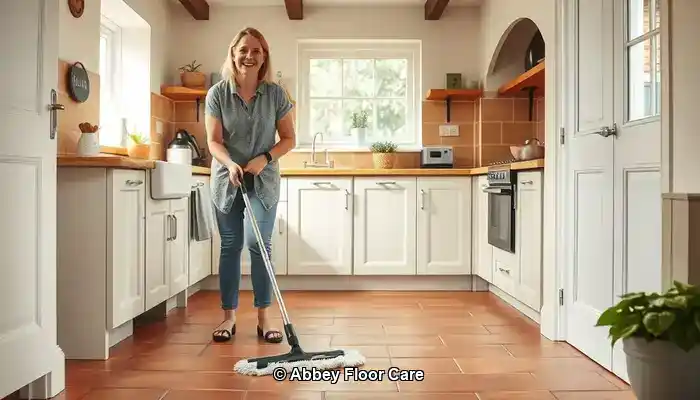
Last Updated on September 29, 2025 by David
Essential Techniques for Maintaining Spotless Terracotta Floors
-
- Understanding the Porous Nature of Terracotta explains why dirt tends to accumulate quickly, particularly in humid regions like Surrey.
- The Importance of Correct Sealing is crucial in protecting the tile’s surface against moisture and grime.
- Prioritising Regular Maintenance—daily sweeping combined with weekly mopping using pH-neutral cleaners can significantly enhance the longevity and aesthetic charm of your terracotta tiles.
- Avoid Harsh Chemicals and Steam Cleaning as these can weaken the sealant and damage the tile surface.
- Choose Eco-Friendly Cleaning Products, especially in households with pets or children, to foster a safe living environment.
- Consider Professional Restoration Services for deep cleaning and resealing, ensuring long-lasting protection for your tiles.
- Use Rugs and Mats Strategically in high-traffic areas to minimise the transfer of dirt onto your tiles.
- Effective Moisture Management is Crucial—ensuring adequate ventilation and promptly addressing spills can prevent staining and inhibit mould growth.
What Makes Terracotta Prone to Rapid Dirt Accumulation?
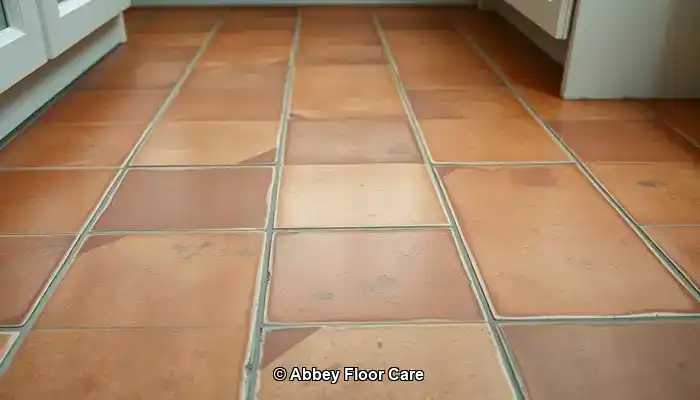
Terracotta tiles not only offer aesthetic appeal but also function as an excellent flooring option, particularly in traditional or rustic-style homes across Surrey. Their warm colours and natural texture provide charm and character to any setting. However, despite their undeniable beauty, terracotta is notorious for quickly gathering dirt and grime. Grasping the underlying reasons for this issue is vital for developing effective cleaning and maintenance strategies.
Expert Recommendations: Must-Have Products for Terracotta Care
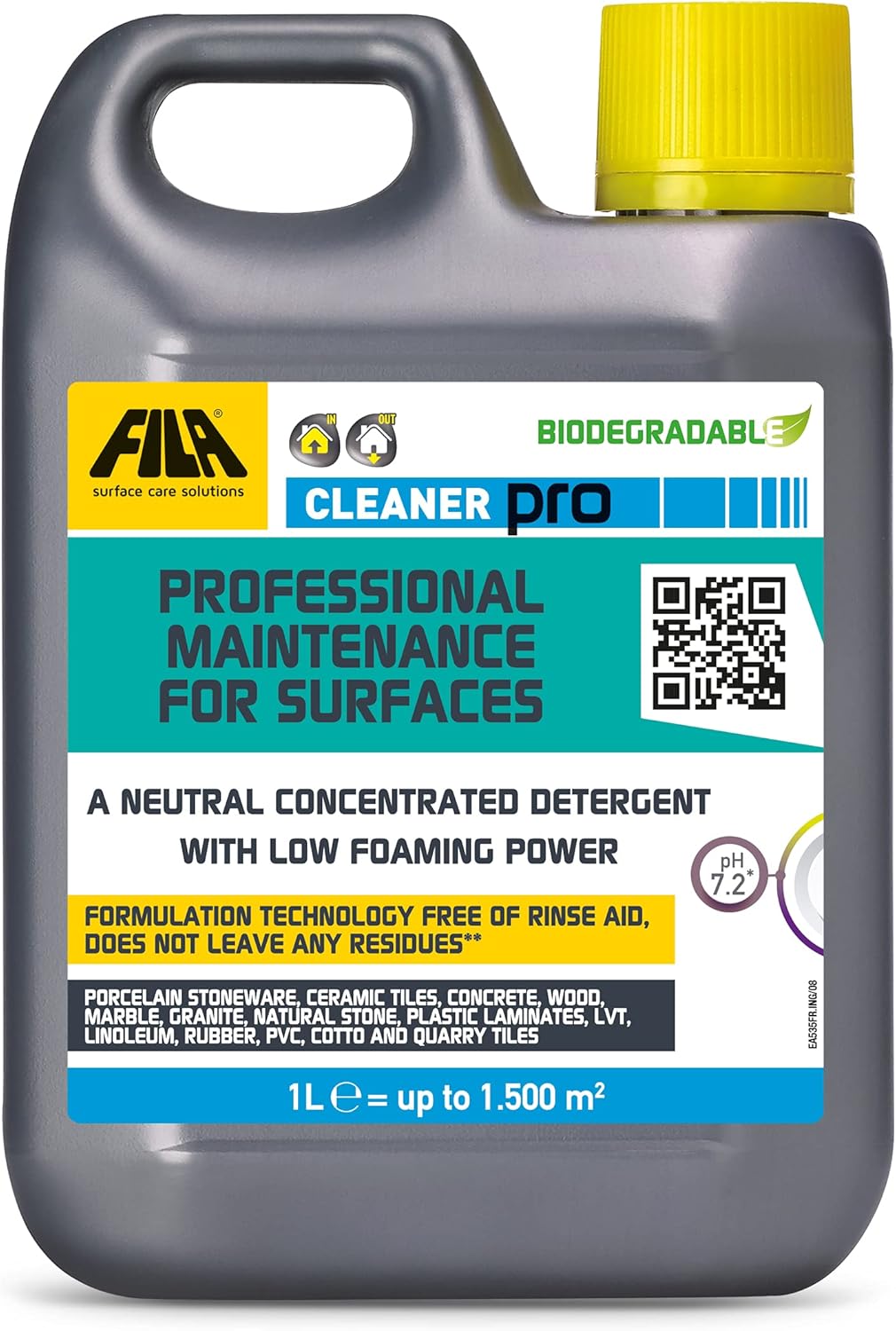
Fila Pro Floor Cleaner
|
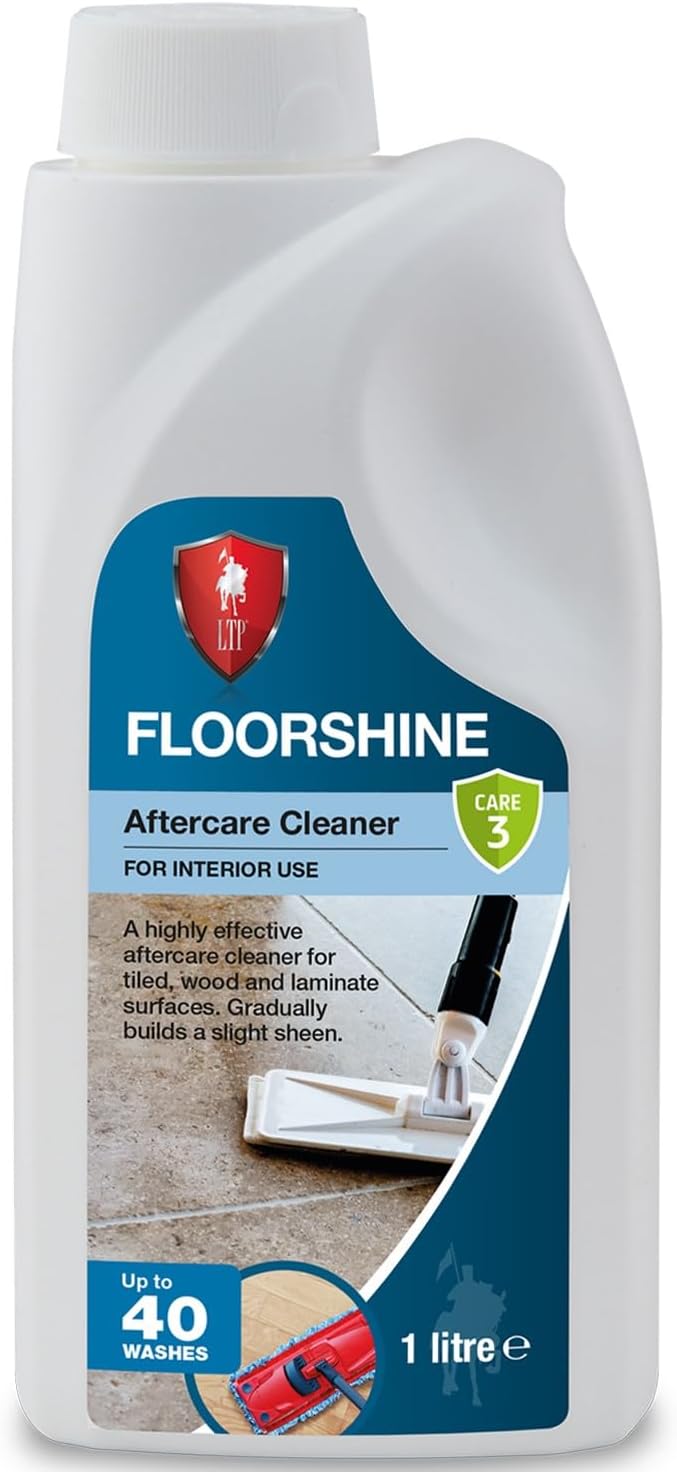
LTP Floorshine
|
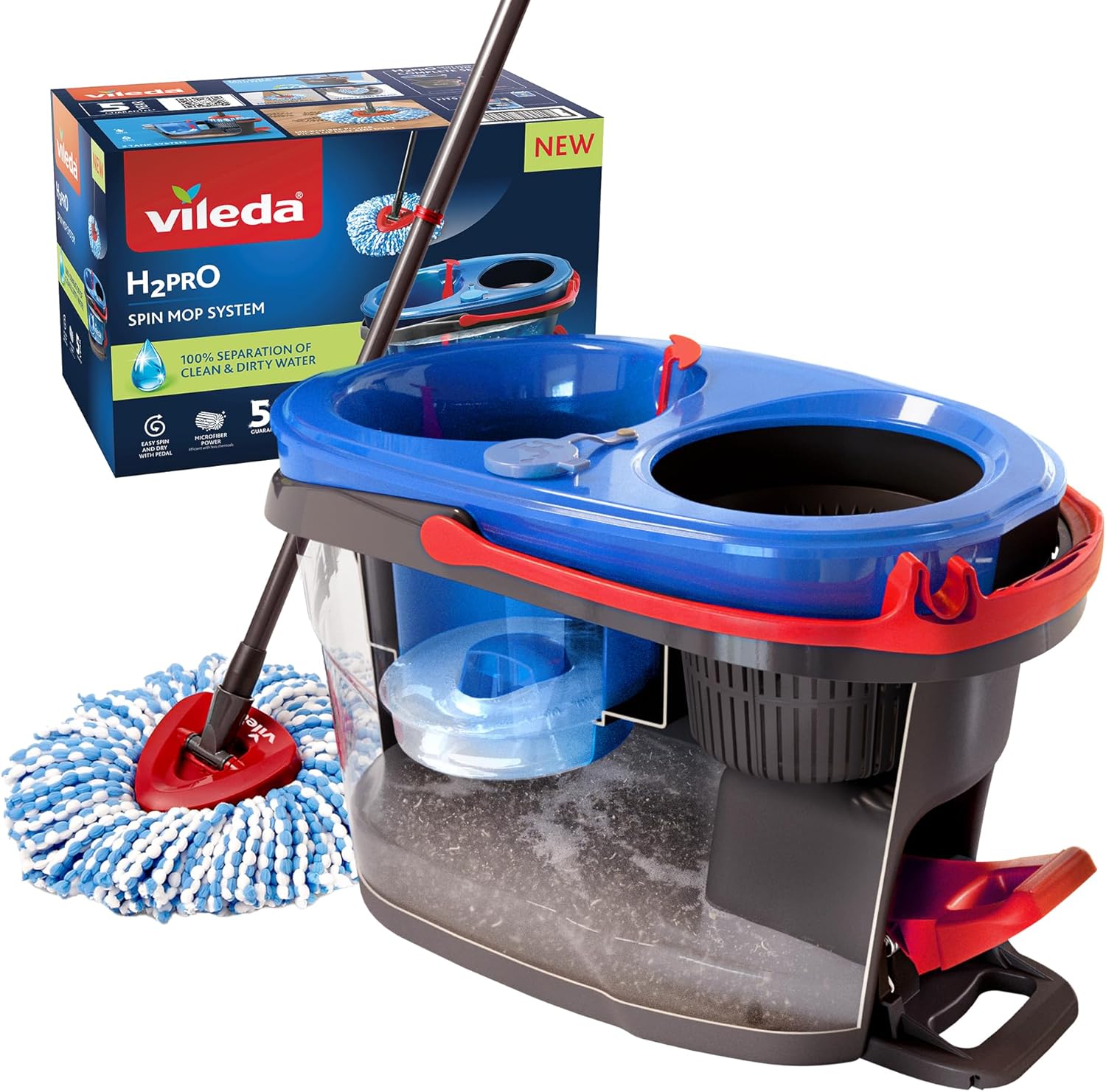
Vileda H2PrO Spin Mop System
|
Diving into Porosity: A Crucial Aspect of Terracotta Maintenance
Terracotta is made from natural clay and is fired at significantly lower temperatures than other types of tiles. This unique production process gives rise to a highly porous surface that readily absorbs moisture, oils, and dirt, functioning almost like a sponge. Consequently, this porosity allows grime to penetrate deeply into the tile, making it increasingly difficult to remove using standard cleaning methods.
Unsealed terracotta tiles are particularly susceptible to staining. Without a protective barrier, even minor spills or muddy footprints can leave enduring marks. Over time, this leads to a dull, stained appearance that becomes challenging to restore without professional intervention.
How Does Surrey’s Climate Affect Dirt Accumulation on Terracotta Floors?
The weather conditions in Surrey significantly influence the rate at which terracotta floors gather dirt and grime. The frequent rainfall and dampness in the region contribute to more moisture being tracked indoors, especially in areas like entryways and conservatories.
Homes situated near wooded areas or gardens face an even higher risk of dirt accumulation. Soil, pollen, and organic debris can easily find their way onto terracotta surfaces, particularly when shoes are not removed at the entrance, allowing outdoor elements to infiltrate the home.
Daily Habits That Contribute to Increased Dirt Accumulation
In addition to environmental factors, everyday habits can worsen the dirt issue. Using inappropriate cleaning products, such as harsh solutions or bleach, can strip protective coatings and damage the tile’s surface. While steam mops may seem convenient, they often push moisture deeper into the tile, exacerbating the problem.
High-traffic zones like kitchens and hallways naturally endure more wear and tear. If regular sweeping and mopping are overlooked, dirt can quickly accumulate and become ingrained in the texture of the tile.
Strategic Approaches for Maintaining Pristine Terracotta Floors
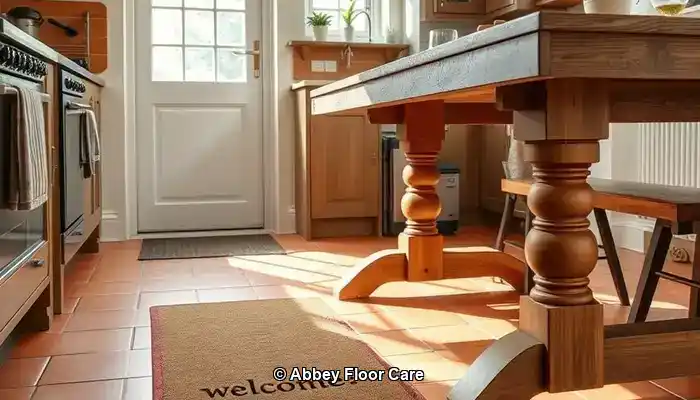
Maintaining clean terracotta floors goes beyond merely reacting to dirt; it is about taking proactive steps to prevent it from settling in. In homes throughout Surrey, where damp weather and garden traffic are common, a proactive maintenance approach is essential to preserve the natural beauty of terracotta tiles.
Sealing: Your Primary Shield Against Dirt Accumulation
The most effective method to prevent terracotta from becoming dirty quickly is by employing proper sealing techniques. A high-quality, breathable sealant establishes a protective barrier that repels moisture, oils, and grime. For homes in Surrey, where humidity levels can fluctuate, sealing is vital to prevent water absorption that leads to unsightly staining and mould growth.
Experts recommend resealing terracotta tiles every 12 to 18 months, depending on foot traffic and exposure levels. In areas with heavy use, such as kitchens, hallways, and conservatories, more frequent sealing may be necessary to maintain tile integrity. Always choose a sealant specifically designed for porous stone, avoiding glossy finishes that can trap dirt and grime.
Thoughtful Layout Choices: Enhancing Cleanliness with Rugs and Mats
Strategically placing rugs and mats can substantially reduce the amount of dirt that reaches your terracotta tiles. Heavy-duty doormats at entrances effectively capture mud and moisture before they can enter your home. In high-traffic areas, such as hallways or beneath dining tables, area rugs serve as a protective barrier, shielding the tiles from excessive wear.
For rooms that connect to outdoor spaces, consider using washable runners that can be easily cleaned on a regular basis. These not only help maintain the tiles’ integrity but also elevate the aesthetic appeal of your living environment.
Effective Moisture Management for Homes in Surrey
Surrey’s damp climate can accelerate dirt accumulation on terracotta surfaces. To combat this, utilise dehumidifiers in enclosed areas and ensure proper ventilation throughout your home. Promptly wipe up any spills and avoid leaving wet items—such as shoes or towels—on the floor.
If your terracotta is located in a conservatory or garden room, consider adding blinds or UV filters to minimise condensation and protect against sun damage. These small adjustments can significantly impact how your tiles age and maintain their quality over time.
By implementing effective sealing, smart layout choices, and moisture management strategies, homeowners in Surrey can greatly reduce the rate at which terracotta floors accumulate dirt. In the following section, we will delve into the best cleaning practices to preserve that fresh, natural appearance day in and day out.
Best Cleaning Techniques for Terracotta Tiles
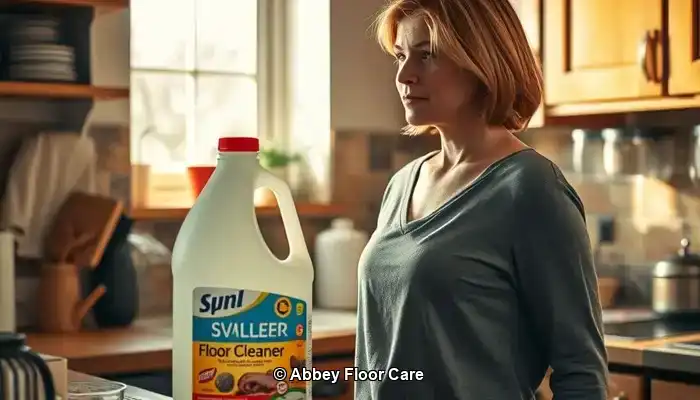
Even with proper sealing and preventative measures in place, terracotta floors need regular attention to maintain their natural allure. The key lies in employing suitable techniques and products that effectively clean without damaging the porous surface of the tile.
Establishing a Daily and Weekly Cleaning Routine
In homes throughout Surrey, where outdoor elements frequently make their way indoors, daily sweeping or vacuuming is essential. A soft-bristle broom or a vacuum equipped with a hard floor setting should be used to remove dust, grit, and organic debris before it has a chance to embed itself in the tile.
For weekly upkeep, mop with warm water and a pH-neutral cleaner specifically formulated for natural stone. It is crucial to avoid soaking the floor—damp mopping is the preferred method. Excess moisture can seep into the tile, leading to staining or mould growth, particularly in older or poorly sealed installations.
Selecting Appropriate Cleaning Products for Terracotta Maintenance
Choose products that are both gentle and effective for cleaning. Look for labels indicating “stone-safe,” “non-acidic,” or “pH-neutral.” In Surrey, where eco-conscious living is increasingly valued, many homeowners prefer biodegradable cleaners that are safe for both pets and children.
Avoid multi-surface cleaners containing bleach, ammonia, or citrus extracts, as these can strip sealants and etch the terracotta, making it more susceptible to future staining.
For stubborn stains, utilise a soft cloth with a diluted solution of stone cleaner. Never scrub using abrasive pads or wire brushes, as these can scratch the surface and create further cleaning challenges down the line.
What Cleaning Methods Should Be Avoided: Harsh Chemicals and Steam Equipment?
While steam mops might appear convenient, they are unsuitable for terracotta. The high temperature and moisture can penetrate the tile and weaken the sealant, causing long-term damage. Similarly, acidic cleaners such as vinegar or lemon juice—even when diluted—can erode the tile’s surface and lead to discolouration.
Stick to gentle cleaning methods and always test any new products on a small, inconspicuous area before applying them to the entire floor to prevent unintended consequences.
Comparing Professional Care Versus DIY Maintenance for Terracotta Floors
When it comes to caring for terracotta floors, many homeowners in Surrey start with DIY cleaning methods. While regular sweeping and mopping can yield benefits, there comes a time when professional assistance is not just beneficial but necessary.
When Should You Contact a Tile Expert in Surrey?
If your terracotta tiles show signs of deep staining, uneven colour, or surface wear, it may be time to seek professional help. Tile care specialists in Surrey employ advanced tools and stone-safe products that penetrate deeper than typical household cleaners. They can also assess whether your sealant has deteriorated and recommend an appropriate resealing schedule based on your home’s unique conditions.
Restoration services typically include deep cleaning, stain removal, and the reapplication of breathable sealants that protect without altering the tile’s natural appearance. For older homes or heritage properties, specialists can even replicate the original finish to maintain authenticity and character.
Evaluating Costs Versus Longevity: Is Professional Care Worth the Investment?
While DIY cleaning may seem more cost-effective, it often results in only temporary outcomes. Without proper sealing and deep cleaning, dirt continues to accumulate, necessitating more frequent maintenance and risking irreversible damage.
Conversely, professional care can significantly extend the lifespan of your terracotta floors. A singular restoration session can rejuvenate colour, eliminate embedded grime, and protect the surface for months or even years. This investment is especially beneficial in high-traffic areas, such as kitchens or hallways, as it reduces maintenance needs and enhances visual appeal.
Homeowners in Surrey who prioritise long-term property care and curb appeal often find that engaging expert services offers peace of mind and superior results. Additionally, many local providers offer eco-friendly options and customised maintenance plans to suit your lifestyle.
Eco-Friendly and Safe Cleaning Alternatives for Terracotta Maintenance
The natural beauty of terracotta deserves care that is equally organic. For homeowners in Surrey wishing to maintain clean floors without compromising health or sustainability, eco-friendly cleaning solutions are an excellent choice. Fortunately, modern products and methods make it straightforward to protect your tiles and household without the need for harsh chemicals.
Choosing Non-Toxic Sealants and Cleaners for Safe Maintenance
Traditional sealants often contain solvents that emit volatile organic compounds (VOCs), which can linger in the air and negatively impact indoor air quality. Nowadays, eco-friendly alternatives employ water-based formulas that are low in VOCs and safe for use around children and pets.
When selecting a cleaner, seek labels that indicate “biodegradable,” “plant-based,” or “stone-safe.” These products are specifically formulated to lift dirt without harming the porous surface of terracotta. Brands that specialise in natural stone care often provide concentrated solutions that can be diluted for everyday use, helping to reduce waste and packaging.
Pet and Child-Safe Cleaning Solutions for Family Homes
In busy households across Surrey, safety is just as crucial as cleanliness. Avoid using bleach, ammonia, and acidic cleaners like vinegar, which can harm the tile and pose risks to pets and young children. Instead, opt for gentle formulations derived from coconut oil, citrus enzymes, or mineral-based ingredients that are safe for all family members.
For those who prefer a DIY approach, a simple mixture of warm water and a few drops of castile soap can be surprisingly effective for light cleaning tasks. Just ensure to test any homemade solution on a small area first to confirm it does not adversely affect the sealant or finish.
Developing Sustainable Cleaning Practices and Habits
Eco-friendly maintenance extends beyond the products used; it also involves adopting mindful cleaning habits. Utilise reusable microfiber cloths and mops instead of disposable cleaning pads. Regularly sweeping can minimise the need for frequent wet cleaning. When resealing, choose products with recyclable packaging and minimal environmental impact to support sustainability.
Several floor care professionals in Surrey now offer green cleaning packages, employing certified non-toxic products and sustainable methods. If you are uncertain where to start, arranging a consultation with a local expert can help develop a routine that is both effective and environmentally conscious.
Ensure Your Terracotta Floors Remain at Their Best
Terracotta flooring offers warmth, character, and timeless elegance to homes throughout Surrey. However, its porous nature requires careful attention to maintain its cleanliness and vibrancy. By understanding the reasons behind terracotta’s rapid dirt accumulation, ensuring proper sealing, and implementing effective cleaning practices, you can significantly reduce grime build-up and extend the lifespan of your tiles.
Whether managing a bustling household or restoring a heritage property, consistency is vital. Daily sweeping, using pH-neutral cleaning products, and resealing on a seasonal basis can greatly contribute to keeping your terracotta floors in pristine condition. And if stains or wear begin to manifest, do not hesitate to seek the expertise of a local specialist for professional restoration services.
Utilising eco-friendly products and safe cleaning routines ensures your floors remain attractive without compromising health or environmental integrity. With the right approach, terracotta can continue to be a stunning feature in your home for many years to come.
Are you ready to protect your floors intelligently? Contact us today for expert terracotta maintenance tailored to the unique conditions of Surrey. Let’s collaborate to keep your home looking its very best—naturally.
Common Queries About Terracotta Floor Maintenance
Terracotta floors are a classic choice but require unique care practices. Here are answers to the most frequently asked questions from homeowners in Surrey aiming to keep their tiles clean, protected, and visually appealing.
How Frequently Should I Reseal My Terracotta Tiles for Optimal Protection?
In most Surrey homes, terracotta should ideally be resealed every 12 to 18 months. However, this timeframe can vary based on foot traffic, moisture exposure, and whether the tiles are located indoors or outdoors. Areas that experience heavy use, such as kitchens, hallways, and conservatories, may require more frequent resealing. If you notice your tiles absorbing water or looking dull, it’s time to reseal.
Can I Use Vinegar or Bleach on My Terracotta Tiles?
No—vinegar, bleach, and other acidic or harsh cleaning agents can damage terracotta. These substances degrade sealants and etch the tile surface, leading to permanent discolouration. Always choose pH-neutral, stone-safe cleaners specifically formulated for porous flooring.
What’s the Best Mop for Effectively Cleaning Terracotta Floors?
A microfiber mop is the ideal choice for terracotta. It effectively traps dust and dirt without scratching the surface, using minimal water—this is crucial for porous tiles like terracotta. Avoid sponge mops or steam mops, as they can oversaturate the tile and weaken the sealant.
Is It Safe to Use DIY Cleaning Solutions on Terracotta Tiles?
Yes, but proceed with caution. A mild mixture of warm water and castile soap can be effective for light cleaning tasks. Always test any homemade solution on a small, hidden area first. Avoid anything acidic or abrasive, and never apply homemade cleaners to unsealed tiles.
What Should I Do If My Tiles Are Already Stained?
If stains have set into the tiles, professional restoration is the most effective solution. Tile care specialists based in Surrey can perform deep cleaning, remove embedded stains, and reseal the surface to restore the tile’s original colour and texture. DIY methods may exacerbate the damage if inappropriate products are used.
The Article Tired of Dirty Terracotta? How to Keep It Clean Longer first found on https://www.abbeyfloorcare.co.uk
The Article Keep Terracotta Clean Longer: Tips for a Spotless Finish appeared first on https://fabritec.org
The Article Terracotta Cleaning Tips for a Spotless Finish Was Found On https://limitsofstrategy.com



